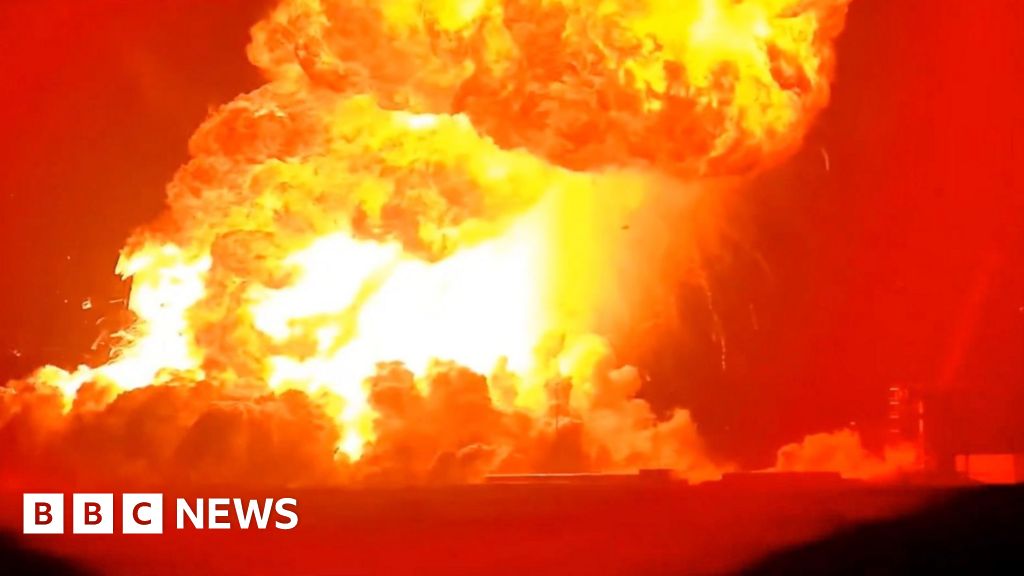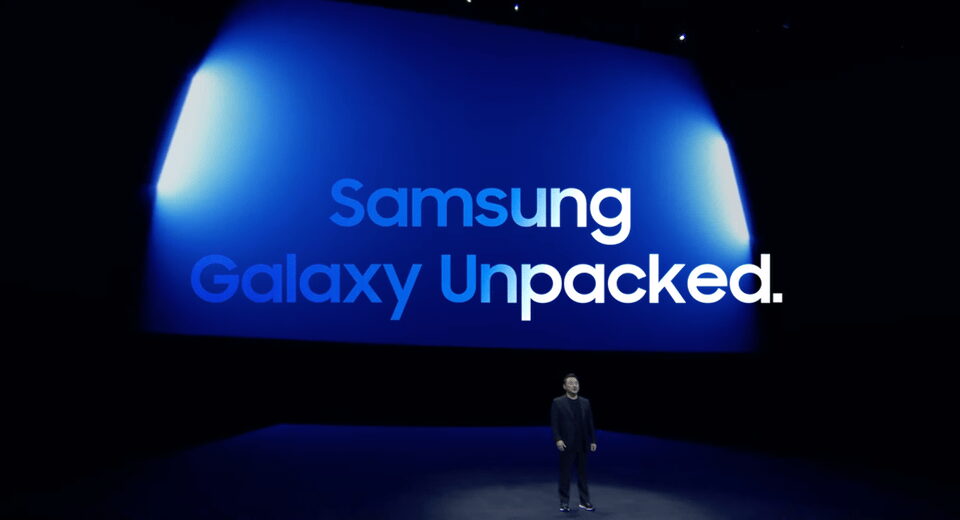Will Israel’s Interceptors Outlast Iran’s Missiles? The Answer May Shape the War.


Israel has a world-leading missile interception system but its bank of interceptors is finite. Aside from a potentially game-changing American intervention that shapes the fate of Iran’s nuclear program, two factors will help decide the length of the Israel-Iran war: Israel’s reserve of missile interceptors and Iran’s stock of long-range missiles. Since Iran started retaliating against Israel’s fire last week, Israel’s world-leading air defense system has intercepted most incoming Iranian ballistic missiles, giving the Israeli Air Force more time to strike Iran without incurring major losses at home. Now, as the war drags on, Israel is firing interceptors faster than it can produce them. That has raised questions within the Israeli security establishment about whether the country will run low on air defense missiles before Iran uses up its ballistic arsenal, according to eight current and former officials. Already, Israel’s military has had to conserve its use of interceptors and is giving greater priority to the defense of densely populated areas and strategic infrastructure, according to the officials. Most spoke on the condition of anonymity to speak more freely. Interceptors are “not grains of rice,” said Brig. Gen. Ran Kochav, who commanded Israel’s air defense system until 2021 and still serves in the military reserve. “The number is finite.” “If a missile is supposed to hit refineries in Haifa, it’s clear that it’s more important to intercept that missile than one that will hit the Negev desert,” General Kochav said. Conserving Israel’s interceptors is “a challenge,” he added. “We can make it, but it’s a challenge.” Asked for comment on the limits of its interceptor arsenal, the Israeli military said in a brief statement that it “is prepared and ready to handle any scenario and is operating defensively and offensively to remove threats to Israeli civilians.” At the start of the war, some Israeli officials estimated that Iran had roughly 2,000 ballistic missiles. Between a third and a half of those have been used up, Israeli officials say — either because Iran has fired them at Israel, or because Israel has struck the caches where they were stored. Iran has begun to fire far fewer missiles in its barrages, perhaps aware that it risks running out of munitions. Iran’s mission to the United Nations did not respond to a request for comment. At the same time, Israel is also burning through its interceptors. By Wednesday morning, Iran had fired roughly 400 missiles, nearly 40 of which evaded the Israeli air defense system and hit Israeli neighborhoods, according to the Israeli military. The remaining 360 were either hit by interceptors or monitored until they fell on empty land or into the sea, the military said. Some Iranian missiles might have been hit more than once, and the total number of used interceptors is unclear. No Israeli official would divulge the number of interceptors left at Israel’s disposal; the revelation of such a closely guarded secret could give Iran a military advantage. The answer will affect Israel’s ability to sustain a long-term, attritional war. The nature of the war will partly be decided by whether President Trump decides to join Israel in attacking Iran’s nuclear enrichment site at Fordo, in northern Iran, or whether Iran decides to give up its enrichment program to prevent such an intervention. But the war’s endgame will also be shaped by how long both sides can sustain the damage to their economies, as well as the damage to national morale caused by a growing civilian death toll. Israel relies on at least seven kinds of air defense. Most of them involve automated systems that use radar to detect incoming missiles and then provide officers with suggestions of how to intercept them. Military officials have seconds to react to some short-range fire, but minutes to judge the response to long-range attacks. At times, the automated systems do not offer recommendations, leaving officers to make decisions on their own, General Kochav said. The Arrow system intercepts long-range missiles at higher altitudes; the David’s Sling system intercepts them at lower altitudes; while the Iron Dome takes out shorter-range rockets, usually fired from Gaza, or the fragments of missiles already intercepted by other defense systems. The United States has supplied at least two more defense systems, some of them fired from ships in the Mediterranean, and Israel is also trying out a new and relatively untested laser beam. Finally, fighter jets are deployed to shoot down slow-moving drones. Some Israelis feel it is time to wrap up the war before Israel’s defenses are tested too severely. At least 24 civilians have been killed by Iran’s strikes, and more than 800 have been injured. Some key infrastructure, including oil refineries in northern Israel, has been hit, along with civilian homes. A hospital in southern Israel was struck on Thursday morning. Already high by Israeli standards, the death toll could rise sharply if the Israeli military is forced to limit its general use of interceptors in order to guarantee the long-term protection of a few strategic sites like the Dimona nuclear reactor in southern Israel or the military headquarters in Tel Aviv. “Now that Israel has succeeded in striking most of its nuclear targets in Iran, Israel has a window of two or three days to declare the victory and end the war,” said Zohar Palti, a former senior officer in the Mossad, Israel’s spy agency. “When planning how to defend Israel in future wars, no one envisaged a scenario in which we would be fighting on so many fronts and defending against so many rounds of ballistic missiles,” said Mr. Palti, who was for years involved in Israel’s defensive planning. Others are confident that Israel will be able to solve the problem by destroying most of Iran’s missile launchers, preventing the Iranian military from using the stocks that it still has. Iran has both fixed and mobile launchers, scattered across its territory, according to two Israeli officials. Some of its missiles are stored underground, where they are harder to destroy, while others are in aboveground caches, the officials said. The Israeli military says it has destroyed more than a third of the launchers. Officials and experts say that has already limited the number of missiles that Iran can fire in a single attack. American officials said Israel’s strikes against the launchers have decimated Iran’s ability to fire its missiles and hurt its ability to create large-scale barrages. “The real issue is the number of launchers, more than the number of missiles,” said Asaf Cohen, a former Israeli commander who led the Iran department in Israel’s military intelligence directorate. “The more of them that are hit, the harder it will be for them to launch barrages,” Mr. Cohen added. “If they realize they have a problem with launch capacity, they’ll shift to harassment: one or two missiles every so often, aimed at two different areas simultaneously.”
What's Your Reaction?
 Like
0
Like
0
 Dislike
0
Dislike
0
 Love
0
Love
0
 Funny
0
Funny
0
 Angry
0
Angry
0
 Sad
0
Sad
0
 Wow
0
Wow
0








































